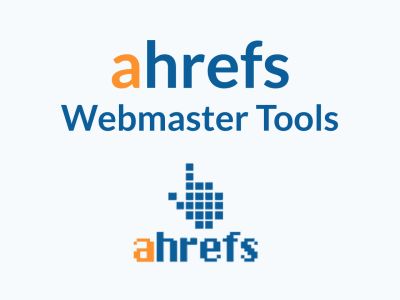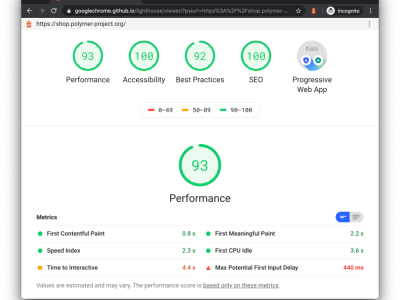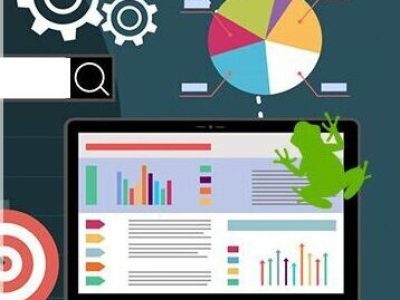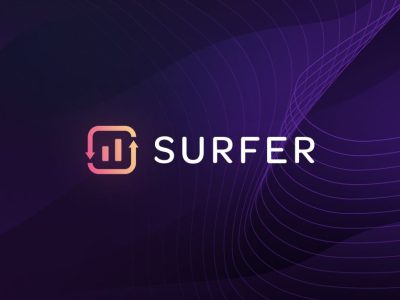Below that, honorable mentions you’ll use depending on needs: Google Analytics 4 for behavior data, Google Keyword Planner for ad-intent keywords, Ubersuggest for extra ideas, Answer The Public for question-driven topics, MozBar / SEOquake browser extensions for page metrics.

Why: It’s Google’s own data about how they see your site (impressions, clicks, indexing problems).
First 2 actions: verify your site; check the Coverage and Performance reports and export your top queries.
Why: Ahrefs gives a useful site audit and backlink snapshot for verified sites — good quality data without paying at first.
First 2 actions: run a site audit; review top linking pages and fix high-priority errors.
Why: Tells you what slows your pages and gives prioritized fixes (images, JS, LCP, CLS). Don’t pretend speed isn’t SEO.
First 2 actions: test your homepage and one key landing page; implement the top 1–2 fixes (image optimization, defer noncritical JS).





Why: Finds missing titles, long/short meta, redirects, broken links, duplicate H1s. The free 500-URL limit is perfect for small sites and quick audits.
First 2 actions: run a crawl; export pages with missing/duplicate meta and fix them.
Why: Fast way to see volumes, related keywords, and approximate traffic while you browse search results. Use it before writing.
First 2 actions: install the extension; run Google searches for your core keywords and note 5 related terms to target.

Verify & connect: Add site to Google Search Console + GA4.
Quick health check: Run Ahrefs Webmaster Tools audit and Screaming Frog crawl. Fix critical errors (indexing, 4xx/5xx, canonical issues).
Verify your site in Google Search Console and run the Coverage report. Fix any “Excluded” pages that should be indexed. That one move prevents the rest of your SEO work from being wasted on pages Google never sees.
Internal links :
Follow Us: